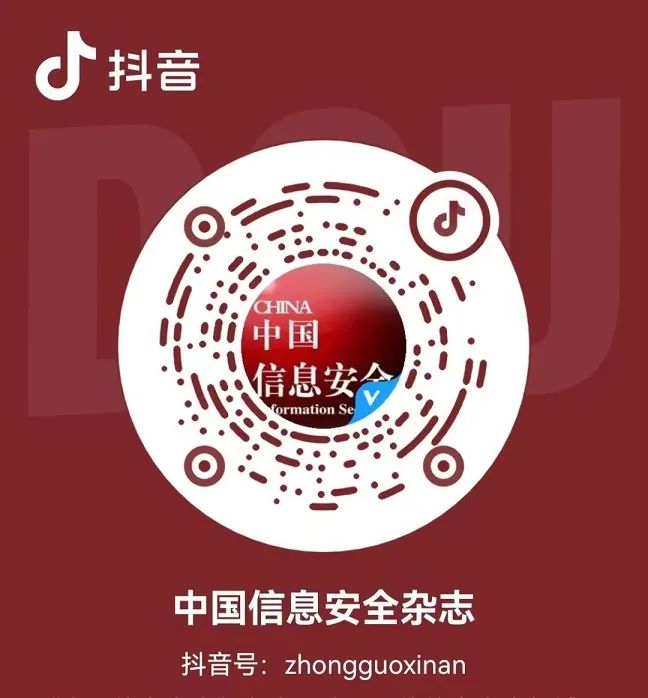
Scan the QR code to subscribe to “China Information Security”
Mailing code 2-786
Subscription hotline: 010-82341063
01
Risks of abuse of deepfake technology
02
Copyright issues in videos generated by artificial intelligence
03
Remaining remarks
(Source: Rule of Law Daily)
Share network security knowledge and strengthen network security awareness
Welcome to follow the official Douyin account of “China Information Security” magazine
Recommended by “China Information Security” magazine
“Enterprise Growth Plan”
Click on the image below to learn more




GIPHY App Key not set. Please check settings